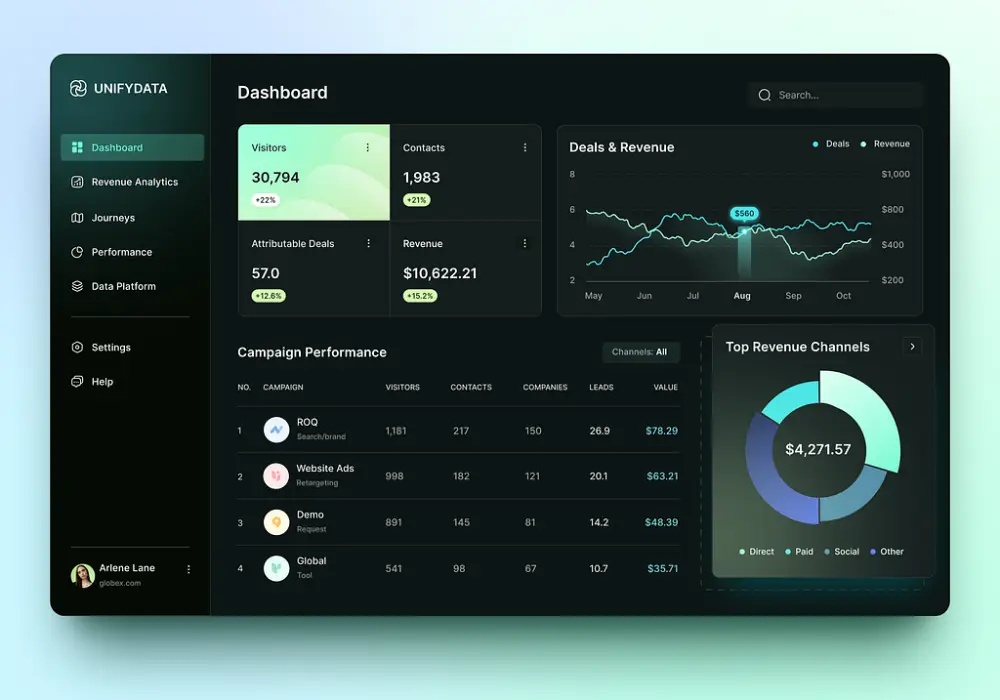Waterfall Process in Offshore Software Development


The Waterfall process was one of the earliest and simplest ways to put together a software development process. It was called “Waterfall” because of the order of phases.
Each step in a Waterfall process flows into the next like a waterfall’s cascading tiers. No phase begins until the prior phase is complete, and each phase’s completion is terminal. The only way to revisit a phase is to start over at phase one.
In other words, the Waterfall management method is a sequential, linear project management process consisting of several discrete phases.
The Waterfall process’s goal is to deliver the full system at once. This method was mainly suitable for large enterprises or government systems. However, due to the large scope it has to handle, the Waterfall process was slow, unmanageable, and not very responsive to changes.
The Waterfall process usually consists of five to seven phases that follow in strict linear order. The specific names of the phases vary, but they were originally defined by their inventor, Winston W. Royce, in the following way:
Learn more: Scrum vs. Waterfall: What’s The Difference?
Patrick Rockwell, an expert in this field, mentions situations where the Waterfall process can be beneficial:
“Though less common these days, when your end product’s requirements are fixed time and money yet are variable, choose the method.
I like to imagine a scientist doing research for a big company—through trial and error, he’ll likely restart his whole process many times and at different stages to get the coveted final result.
Through Waterfall project management, this behavior is anticipated and even preferred! This enables members to adjust and re-think their approach time and time again.”

As Patrick mentions, the Waterfall process can be problematic if the project requirements are not perfectly clear. Because of its inability to adapt to change, the Waterfall methodology works best for short projects with clear requirements.
If your requirements are not constantly changing and your environment is stable, Waterfall is an ideal choice. Thus, the Waterfall process is also adequate when your technology and tools are stable.
That’s a basic introduction to the Waterfall software development method. To sum up, the Waterfall method can help you accurately estimate your project cost, resources, and deadlines if you have a fully laid out project schedule with detailed requirements and specifications.


Table of ContentsWhat is the Waterfall process?Phases of the waterfall modelWhen to use the Waterfall process model?Final thoughts In the ever-evolving landscape of technology, businesses are continually seeking solutions that not only streamline operations but also provide a competitive edge. This is where bespoke software development comes into play. Unlike off-the-shelf software, bespoke software is tailor-made from scratch, specifically designed to meet the unique requirements and challenges of a single business. This tailored approach ensures that every feature of the software aligns perfectly with the business’s core operational needs. The investment in bespoke software development often translates into significant competitive…
17 April, 2024

Table of ContentsWhat is the Waterfall process?Phases of the waterfall modelWhen to use the Waterfall process model?Final thoughts Today, 85% of customers expect to manage their interactions with businesses without needing human assistance. They prefer self-service options available at any time and on their preferred channels. This demand has driven rapid growth in chat and messaging platforms, enabling businesses to meet these expectations. The marketplace offers a diverse range of AI chatbot solutions, each offering different features and price points, making it challenging to find the ideal option. To simplify your decision-making, we’ve analyzed top providers and pinpointed the most…
16 April, 2024

Table of ContentsWhat is the Waterfall process?Phases of the waterfall modelWhen to use the Waterfall process model?Final thoughts In today’s fiercely competitive business landscape, where technology is not just an enabler but often the core of the business itself, the caliber of software developers a company employs can significantly dictate its success and sustainability. Hiring top-tier software developers is more than a mere staffing decision; it’s a strategic move that provides companies with a critical edge over their competitors and equips them with the agility needed to adapt and thrive in the ever-evolving tech environment. The right developers bring a…
16 April, 2024


Thank you for your interest in TECHVIFY Software.
Speed-up your projects with high skilled software engineers and developers.
By clicking the Submit button, I confirm that I have read and agree to our Privacy Policy